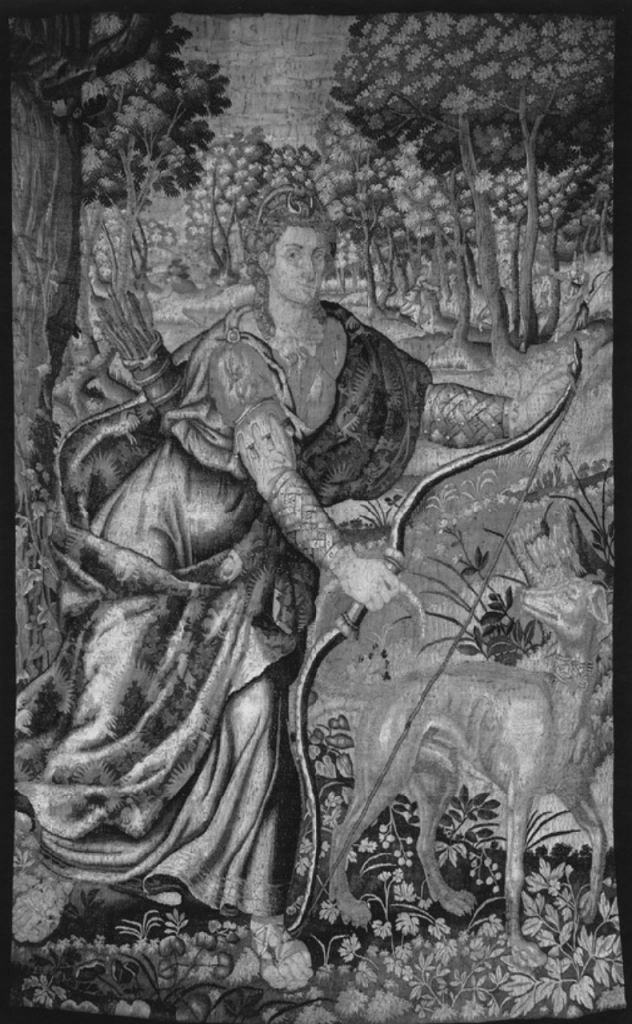You that love poppit playes, masks, court buffoons
You that love cats, apes, munks, and baboons,
Perhaps may pleasure take in these
This the prettiest sport you ever saw
To see these witty, nimble creatures draw
The first to bite the timber does not fays
The second pulls him backward by the tays
The third does so by him so on they go,
With tail in teeth, some twenty in a row,
And when the first does find his jaws are sore
The next believes him and he goes before
Thus what the strength of one could never attain,
With force united’s done with little pain
So London Bridge that now on woolpacks stands
Was never done alone by one man’s hands
Nor could one man though never so well skilled,
The strately structures in this kingdom build
That phane which for Diana’s shrines renowned
And that’s where in no ax nor hammers found
Was ever heard, yet built of polished stone
Could never be composed by one alone
Those elephants which serve the Indian King
One never could into subjection bring
Nor one alone could curb so of their wills
Four thousand whales to make them draw in mills
Nor could one man those numerous volumes write
(Which now are extant)and much less indite
Thus noble things, both sacred and profane,
The wit or strength of one could never attain.
Then let all hateful Timons come and see
The happy fruits of blessed unity.
Timon
By Alex Segal and Hannah Bachus
From the play Lysistrata by Aristophanes (411 B.C)
Timon of Athens is a mythological character that was the son of Echecratides. He lost his wealth and fortune multiple times, which resulted in him losing his friends. Timon was known as an angry despairer of mankind. These passages are lines from the Aristophanes play Lysistrata, as well as a footnote describing what the use of timon was for in this context. This play is about women withholding sex from their husbands until they agree to have peace between Athena and Sparta and takes place during the Peloponnesian war. In this fictional play, the women of the chorus accuse Timon of hating men but being friendly toward women.
WOMEN:
You told a little tale, and now
I’d like to do the same:
The story of a wandering man,
And Timon112 was his name.
His face was hedged on every side
Vith prickly brier and thorn1113
Some said he was no mortal’s son
But of a Furylla born.
This Timon went away and lived
So far from human ken
Because he loathed most bitterly
The wickedness of men.
(Lysistrata: lines 803-815)
Goddess Diana
By Alex Segal and Hannah Bachus
This image depicts Diana, a Roman goddess, stringing her bow in a woodland area. Diana is the goddess of the hunt, the moon, and nature. She is equated with the Greek goddess Artemis. She is also associated with wild animals and woodland. Her worshippers believed that she possessed the power to talk to woodland creatures and even control their movements and behavior. One of Diana’s main symbols that she is associated with is a bow and arrow, hence why we see her with one in this painting.
From unknown, Diana stringing her bow Story of Diana (Artemis) (1600)
Lysistrata and Other Plays (TR: Sommerstein), Addison Wesley, 2003. Print; unknown. Diana stringing her bow, Story of Diana (Artemis), Set A. c. 1600.

